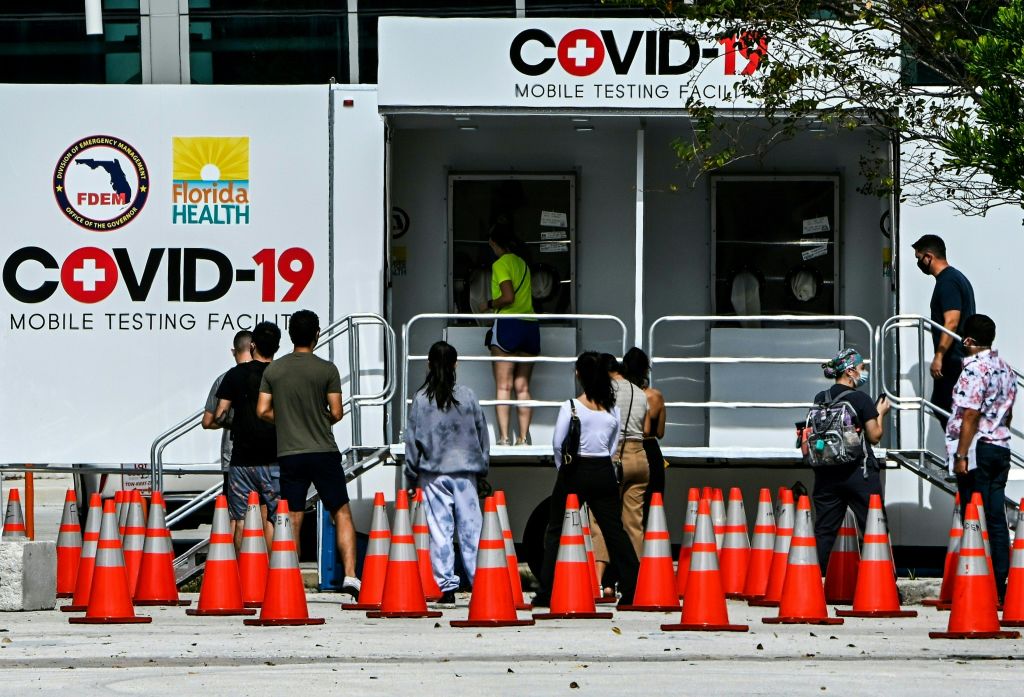The idea that SARS-CoV-2 — the virus which causes COVID-19 — could have man-made origins has been rejected by many scientists, dismissed by some as nothing more than a conspiracy theory. A different view, however, has been put forward by Rossana Segreto of the University of Innsbruck in association with Yuri Deigin of Canadian genetics company Youthereum Genetics. In a paper published on Wiley Online, they have again raised the possibility that SARS-CoV-2 could indeed be a man-made virus, and that its passage into the human population could be the result of a laboratory accident. ‘The artificial creation of SARS-CoV-2 is not a baseless conspiracy theory that is to be condemned,’ they write.
Previous work on the matter has observed that the genetic sequencing of SARS-CoV-2 most closely resembles a bat coronavirus, but that part of it is almost identical to that of a pangolin coronavirus. However, they reject the theory that the virus could have jumped from animal to human at the Wuhan seafood market, as the strains of virus recovered from the site were all human-adapted. Two features of the virus, they say, hint at a man-made origin: a ‘cleavage site’ which is missing from other coronaviruses of the same group and a Receptor Binding Domain which they say is optimized to bind to human cells.
Segreto and Deigin note the similarity of SARS-CoV-2 to a virus RaTG13 that was discovered in a cave in Yunnan Province after six miners, who had been sent there to clear bat droppings, contracted pneumonia in 2013. Three of the miners died. The virus samples were studied by the Wuhan Institute of Virology. The RaTG13 virus, they say, was sequenced at the institute in 2018 something allegedly admitted in an email exchange by a scientist working there at the time, contradicting previous claims that the work was not done until after the COVID-19 outbreak.
Moreover, the Wuhan Institute is known to be one of several in the world which are known to have conducted experiments into creating coronaviruses in an attempt to understand why bat coronaviruses find it so easy to jump species to humans. A 2017 paper from the Institute describes the creation of eight novel viruses, using viruses recovered from another cave in Yunnan. The researchers also note that US embassy officials visited the Wuhan Institute of Virology in 2018 and cabled their worries about lab safety back to Washington.
[special_offer]
That is not proof that the virus is man-made, nor that it escaped from the Wuhan laboratory, and it certainly doesn’t hint at a virus deliberately being introduced to the outside world. But laboratory escapes are not unknown. The original SARS virus is known to have escaped from four laboratories in 2003/04, in Singapore, Taiwan and twice in China. The researchers suggest that the next step should be a thorough examination of records on SARS viruses in all laboratories in the world involved in such research. If SARS-CoV-2 does turn out to be the result of a laboratory accident it will be the most expensive in history and will have serious implications for how work on novel viruses in conducted in future.


















